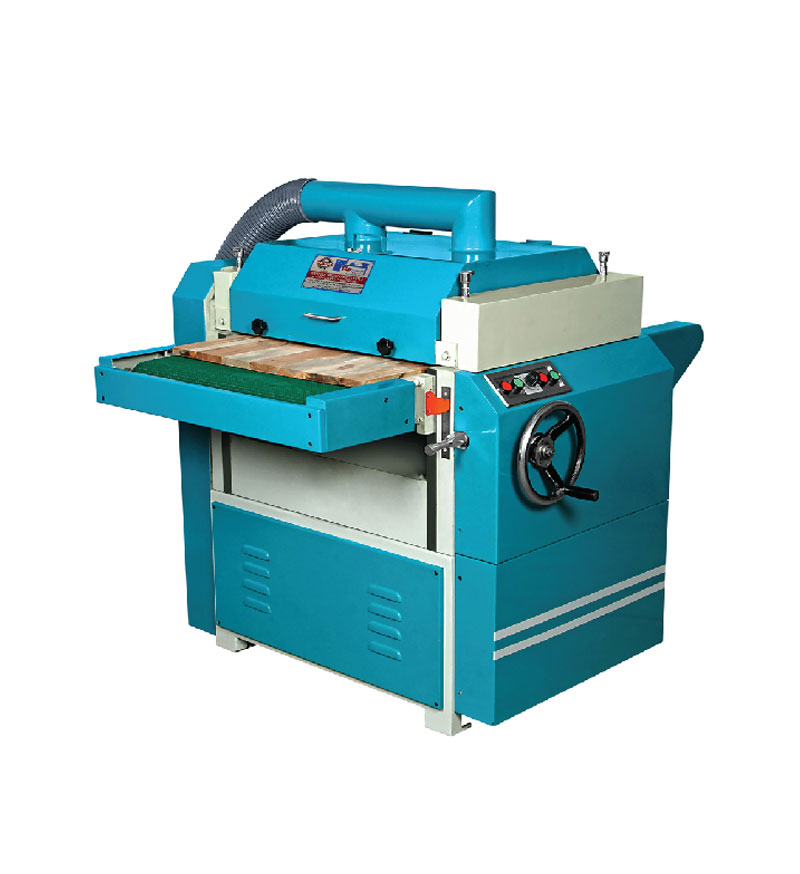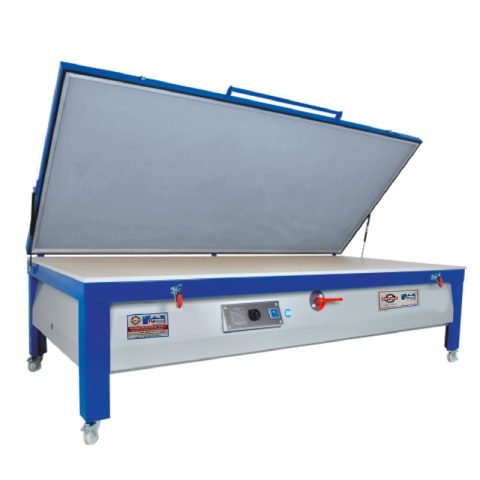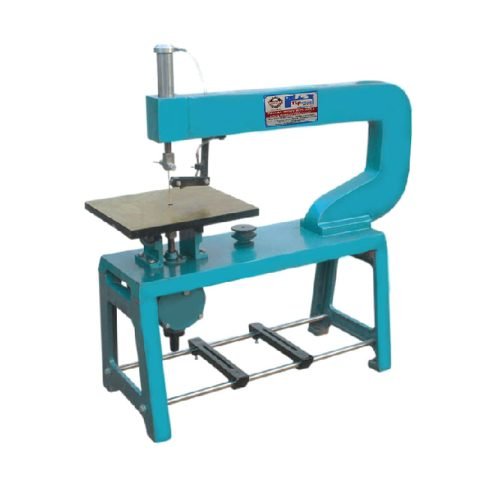Here are some key features and aspects of a drum sander:
Drum Assembly
The heart of a drum sander is the drum assembly, which consists of a cylindrical drum covered in abrasive material. The drum rotates at high speed, creating a sanding action on the workpiece. The drum can be made of various materials, such as aluminum or rubber, and different grits of sandpaper can be attached to achieve different levels of smoothness.
Feed System
Drum sanders have a feed system that moves the workpiece through the machine. This system typically consists of a conveyor belt or rollers that feed the material into the machine at a consistent rate. The feed speed can often be adjusted to control the amount of material removed per pass.
Thickness Control
Drum sanders allow precise control over the thickness of the material being sanded. They often have mechanisms, such as a height-adjustable table or a thickness gauge, that enable you to set the desired thickness and maintain uniformity throughout the workpiece.
Dust Collection
Wood sanding produces a significant amount of dust, and drum sanders are equipped with dust collection systems or ports to connect to external dust collectors. This helps to maintain a cleaner and healthier working environment by capturing and containing the dust particles.
Versatility
Drum sanders can be used on a variety of wood materials, including solid wood, plywood, and veneers. They can effectively sand flat surfaces as well as slightly curved or contoured edges.
Safety Features
Drum sanders are equipped with safety features to protect the operator during use. These may include emergency stop buttons, safety interlocks, and guards to prevent access to the rotating drum.











There are no reviews yet.